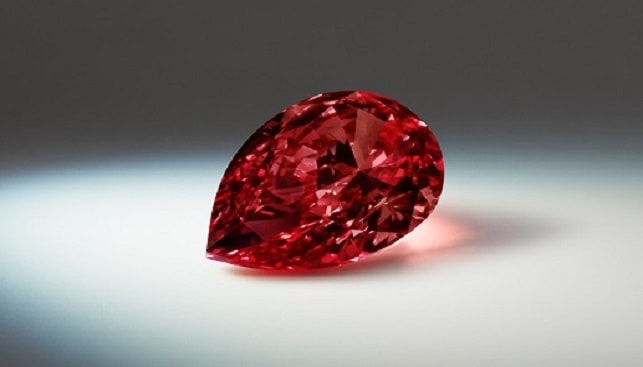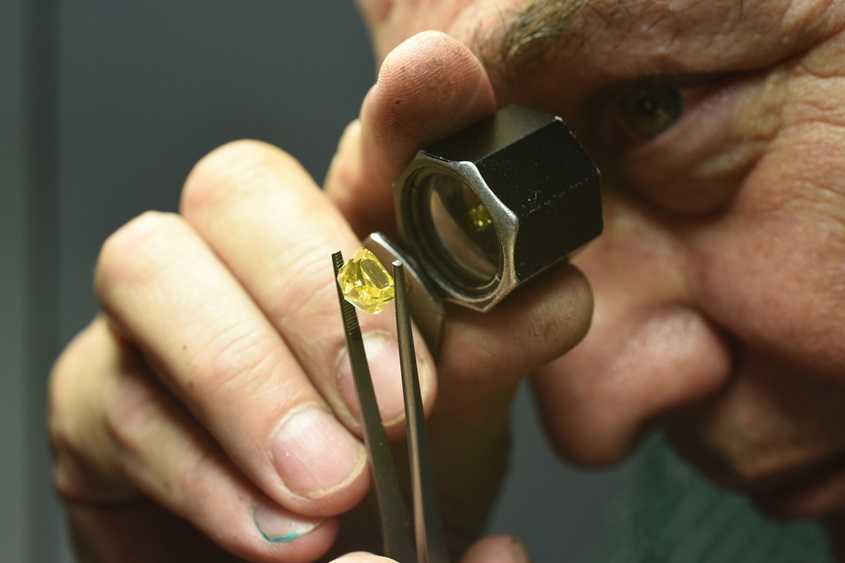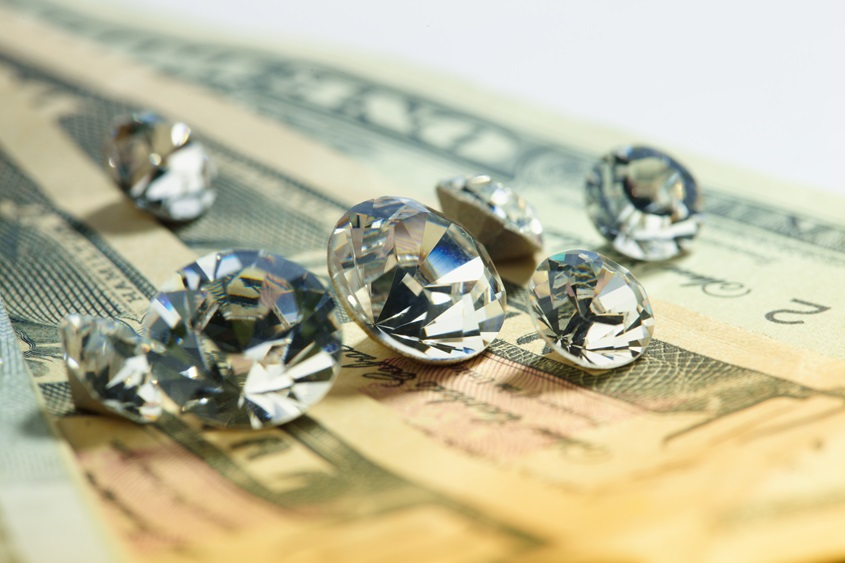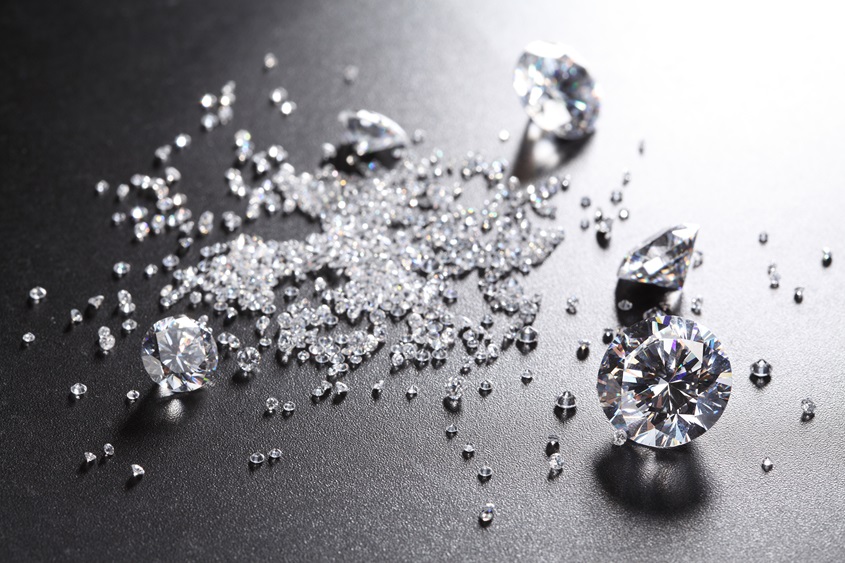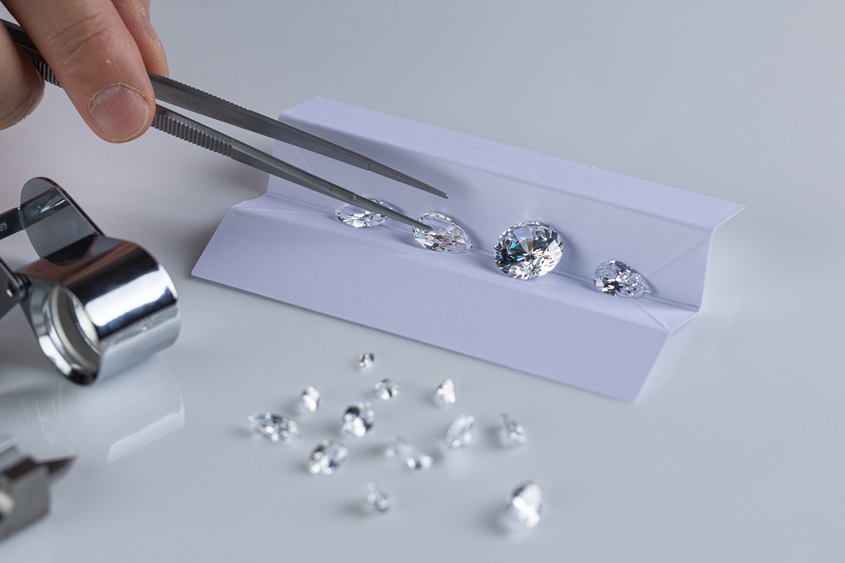The Regent Diamond is a 140.64-carat cushion-shaped D color, Internally Flawless diamond with a bluish fluorescence. It is the seventh-largest D color diamond in the world.
According to Internetstones.com, the Regent diamond is generally believed to have been mined in Golconda, India, sometime between 1698 and 1701 and weighed 410 carats in its rough form. According to legend, the slave who discovered the Regent diamond smuggled it out of the mines by hiding it inside a self-inflicted wound. The slave reportedly reached India’s coast, where he met an English ship captain and offered him 50% of the sale of the stone in exchange for safe passage out of India.
However, legend says that the captain murdered the slave and sold the Regent diamond to an Indian merchant named Jamchand for £1,000. In 1701, Jamchand sold the diamond to Thomas Pitt, the British Governor of Madras, for £20,000. Pitt took the stone back to England and paid £5,000 to have it cut, a process that was carried out by a diamond cutter named Harris over the course of two years. The large rough Regent diamond yielded several smaller stones that were sold to Peter the Great of Russia.
Pitt tried unsuccessfully to sell the cut diamond to Louis XIV of France. After Louis died, Philippe II was appointed Regent for the five-year-old Louis XV. Philippe II bought the diamond from Pitt for £135,000, and since then it has been known as the Regent Diamond.
In 1723 the Regent Diamond was set in a crown for the coronation of Louis XV. In 1775, it was reset in a new crown for Louis XVI. The diamond was also used as an adornment for one of Marie Antoinette’s hats. During the turmoil of the French Revolution, the diamond – along with the rest of the Crown Jewels – was stolen, but it was later discovered in a Paris attic.
The Regent Diamond was later mounted in the hilt of Napoleon’s sword. After the emperor was exiled to Elba, his wife Marie Louise took the stone back to Austria. Her father, Emperor France I, later returned the diamond to France, where it was mounted in the crowns of Louis XVII, Charles X, Napoleon III, and Empress Eugenie.
The Regent diamond has belonged to the Louvre since 1887 and has been on display continuously since then, except when the Germans invaded France in World War II and it was sent to a village named Chambord and hidden in a chateau for safe keeping.




